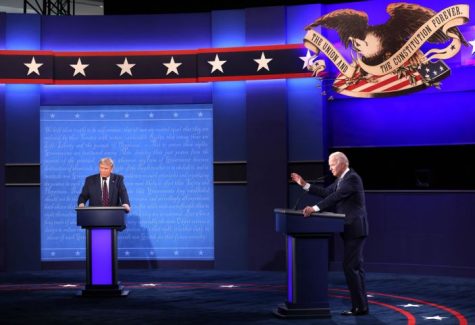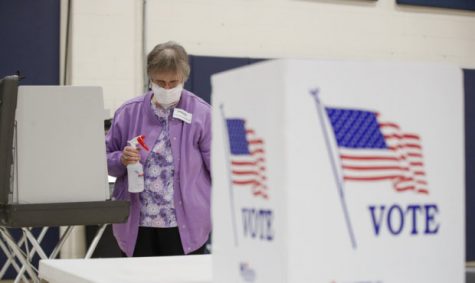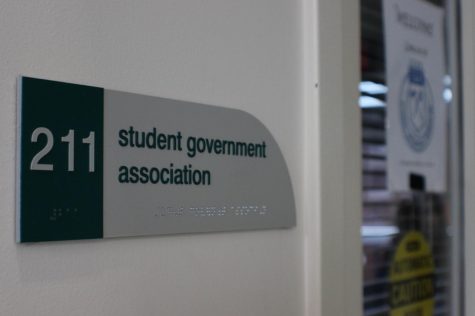The Green Party of the United States Fighting For Their Spot
November 2, 2020
Tomorrow, the nation’s most tumultuous political battle in a generation will reach its conclusion.
For the past four years, Trump’s supporters have seen, with glee, the tough talk that attracted them to his candidacy. They’ve also watched him select Supreme Court Justices who may drastically change the judicial structure of the nation in a more conservative direction.
Conversely, the opposition to Trump says his administration has influenced a rise in racial tension and orchestrated the dismantling of women’s rights by giving support to restrictive abortion laws in states, including Alabama and Georgia.
In the midst of social upheavals, in the midst of this crucial election, each voting demographic is being closely analyzed.
Many voters, who are intent on replacing the current president, fear that this election will be a repeat of 2016’s surprise defeat of the Democratic candidate, in part due to liberal voters who rejected 2016 presidential candidate Hillary Clinton for the Green Party’s Jill Stein.
Trump’s win was slim, underlined by the fact that Clinton actually won the popular vote. The margin was so narrow that many Clinton supporters and Democratic Party partisans directed their frustration towards Stein.
This was not the first time a nominee was considered a spoiler. Ralph Nader, the Green Party presidential nominee in the 2000 election, was considered to have taken votes from Al Gore.
According to exit polls, Nader garnered 97,000 votes in a race that was decided by 537 votes in Florida.
Popular publications, such as The Washington Post and Politico, have written articles comparing Stein to Nadar and how their candidacies syphoned votes from Democratic candidates.
Now, The Hill and The New York Times are among several papers that have reported Grand Old Party (GOP) fundraising for Green Party candidates. Still, is it clear that Green Party voters would even cast a vote for the Democrat on the ballot?
Ronna Steller, the secretary of the Green Party of Connecticut, does not think so.
“Well if you look at the numbers from the 2016 election, about half of the voters who came out for Jill Stein are voters who would not have voted in the presidential election at all had there not been a Green Party candidate,” Steller said.
Stellar claims with rank-choice voting this would no longer be an issue.
Howie Hawkins, the Green Party president nominee, would like to see an expansion of the method because it has potential to give third party candidates a chance at becoming more viable.
Hawkins, above all, does not want voters to worry that a vote for him is a vote for Donald Trump.
With the current system, a Green Party member must meet strict petitioning guidelines to be put on the ballot.
“In Connecticut, we have to earn our ballot line every single election, so if our candidate does not get 1 percent of the vote then in four years, we have to collect 7,500 valid signatures,” Stellar said. “You actually have to collect a whole lot more to make sure you have the 7,500 valid signatures for our 2024 candidate to be on the ballot and that isn’t just true for president.”
Steller believes active organizing on the local level is most important for the Green Party to stay in the fight. Like Hawkins, Stellar is holding out hope that choice-rank voting will catch on.
“It’s worth looking into and it might help our party, but I think it would in general help democracy as well,” Stellar said.
However, Democratic voters are hoping that those who vote Green will think pragmatically about who they will choose.







